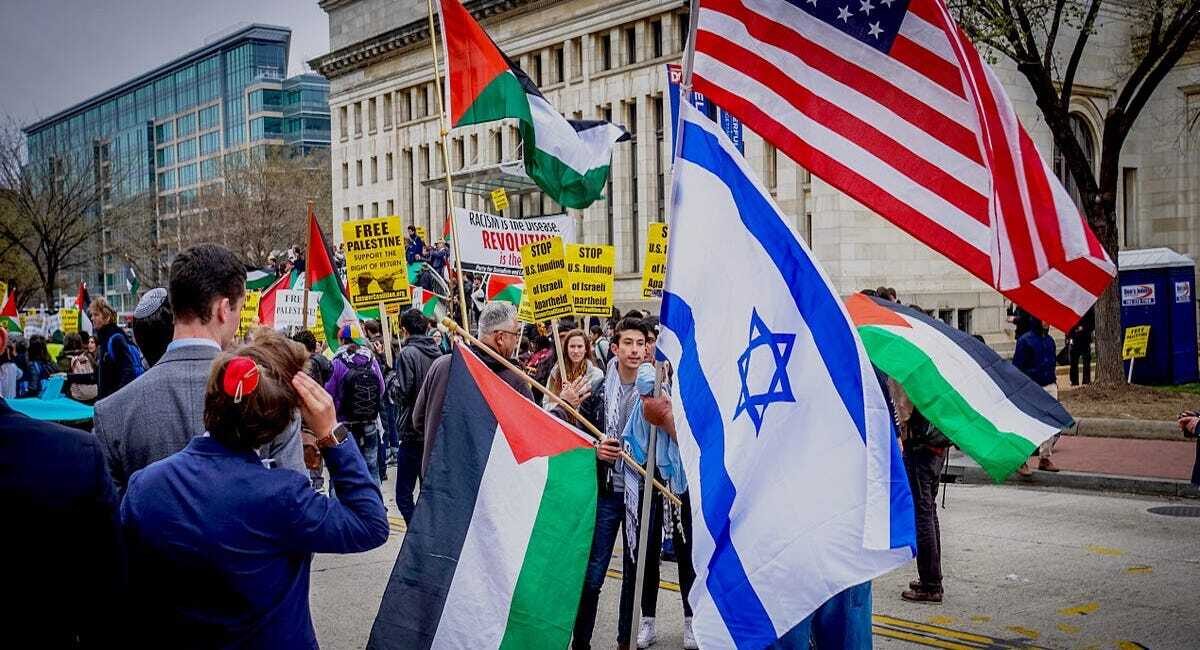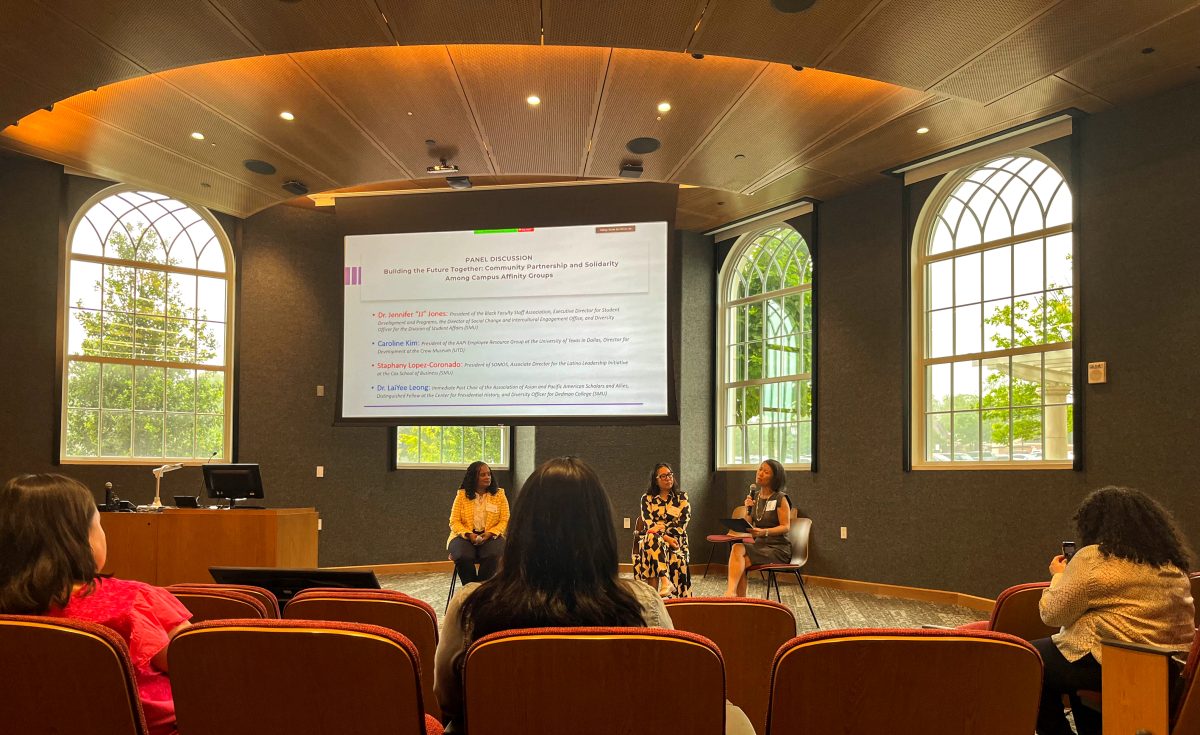The Israeli-Palestinian conflict escalated to new heights after a large-scale attack by Hamas, classified as a terrorist organization by the U.S. and EU.
The attack on Oct. 7 prompted Israeli Prime Minister Benjamin Netanyahu to declare war. Since then, thousands of Israeli and Palestinian civilians have died.
A month after the start of the war, the Gaza Health Ministry says over 11,000 Palestinians were killed, including 4,500 children and 27,490 wounded. Israel’s Foreign Ministry initially reported 1,400 Israelis killed. However, Lior Haiat, spokesman for the Israeli Foreign Ministry, told Reuters Nov. 10 the death toll was 1,200. Haiat did not provide a breakdown in casualties. Hamas is still holding 240 Israelis hostage.
But this conflict didn’t start in the past couple weeks. It began over 100 years ago.
Timeline
1916: Sykes-Picot Agreement
The Sykes-Picot agreement was signed in 1916. This secret treaty divided the Ottoman Empire into British and French “spheres of influence.”
1917: Balfour Declaration
On Nov. 2, 1917, British Foreign Secretary Arthur Balfour declared the establishment of Palestine as a “national home for Jewish people.”
1920 – 1922: British Mandate
From 1920-22, the League of Nations further divided the Ottoman territories into mandates. Palestine was put under British Mandate.
1933-36: Jewish Immigration
There was large-scale Jewish immigration into Palestine as they faced persecution under Nazi Germany.
1936-39: Palestinian rebellion
Tensions would continue to grow between Jews and Palestinians, as they both felt entitled to the land. Palestinian resistance to Jewish immigration and the British mandate increased rapidly.
In 1937, the UK Peel Commission recognized the conflict as irreconcilable and recommended a two-state solution.
By the late 1940s, one-third of the region was populated by Jewish individuals.
1947: UN Partition Plan
The United Nations voted to partition Palestine into two separate Jewish and Palestinian states. The Jewish state was given 55% of the region, while the Palestinian state was given 42%. Jewish leaders accepted the plan, but Palestinians maintained strong opposition to it. Neighboring Arab countries like Jordan, Syria, Iraq and Egypt were also against the plan.
1948: Deir Yassin Massacre, States of Israel, Arab-Israeli War
In April 1948, Jewish forces attacked the Palestinian village of Deir Yassin, killing hundreds of civilians. The attack would become one of the reasons Arab forces militarized in the region.
A month later, Israel declared its independence. They began expanding their territory, which resulted in a large-scale displacement of Palestinians.
The first Arab-Israeli war began the next day. Israeli forces seized control of Palestinian land. According to the UN, 726,000 Palestinians were displaced. Palestinians refer to this displacement as the “Nakba,” which is Arabic for “catastrophe.”
By the end of the Arab-Israeli war, Israel took control of 77% of the region.
1956 – 1973: Second Arab-Israeli War, Six Day War, Yom Kippur War
Another Arab-Israeli war erupted in 1956 as tensions continued to rise. Israel invaded Egypt and the Gaza Strip due to the Suez Crisis.
The Six Day War began in 1967 with Egypt, Jordan and Syria against Israel. Another 250,000 Palestinians were displaced as a result.
Tensions continued for years and the Yom Kippur War began in 1973. The war would end in a ceasefire and Israeli victory.
1977 – 1990: Lebanon, Hamas
Israel invaded Lebanon in 1982 to attack the Palestinian Liberation Organization (PLO), which used the country as its base and destroyed its military infrastructure.
Extremist Palestinian group Hamas would later form in 1987.
1990s: The Peace Process
The first Oslo Accord was signed at the White House by Israel and the PLO in 1993. In the agreement, Israel and Palestine recognized each other’s right to exist. In 1994, Yitzhak Rabin, Israel’s Prime Minister, Shimon Peres, Israel’s Foreign Minister and Yasser Arafat, PLO Chairman were awarded the Nobel Peace Prize for their efforts toward peace in the Middle East.
In 1995, Olso II was signed by Israel and the PLO. The 1995 accords gave Palestinians control of the West Bank and Gaza. It also gave Palestinians self-rule in some parts of the West Bank, while Israel maintained control in other parts.
2000s – Present:
In the following years, there were many failed two-state solutions. Hamas gained control of the Gaza Strip in 2007. After this, Israel would issue a land, sea and air blockade of the region.
In 2018, then-President Donald Trump relocated the U.S. embassy from Tel Aviv to Jerusalem. Hamas continued to grow and carried out attacks met with strong Israeli defense.
One of the largest conflicts between Hamas and Israel happened in 2014. After three Israeli students were kidnapped and murdered, Israel said Hamas was responsible. Israel began attacks on Gaza and Hamas on Israel. Soon after, Israel invaded Gaza. More than 2,100 Palestinians were killed and 71 Israelis were killed.
On Oct. 7, a surprise Hamas attack against Israel sparked another war.
Protests have erupted across the world in support of Israel and in support of Palestine. More casualties in the region are reported every day.
UPDATE: This story has been updated to provide additional context.
Editor’s note: This is a brief and short depiction of detailed events that span a century. Not all information from this conflict is outlined.









